
Introduction
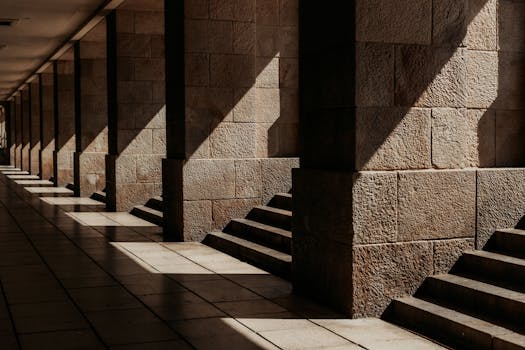
Mixing textures and patterns is an art that can transform any space or outfit into a dynamic masterpiece. By incorporating various materials and designs, you can create a visually stimulating environment that reflects your personality. In this article, we will explore the principles of texture and pattern mixing, tips for achieving a balanced look, and examples to inspire your creativity.
Understanding Textures

Textures refer to the surface quality of materials—how they feel and appear. They can be rough, smooth, glossy, or matte. When mixing textures, consider the following:
- Contrast: Pairing rough textures with smooth ones creates visual interest.
- Proportion: Use a dominant texture and complement it with subtle others.
- Harmony: Ensure that the textures you choose belong to a cohesive theme.
Exploring Patterns
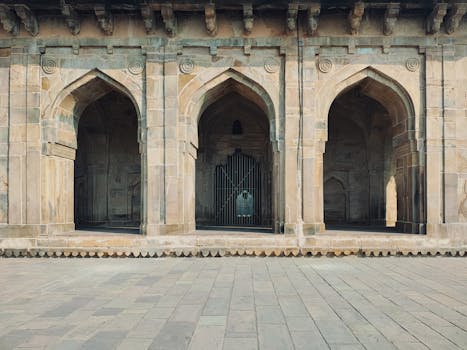
Patterns are designs that repeat, such as stripes, florals, or geometrics. Here are some tips for mixing patterns:
- Scale: Combine large patterns with smaller ones for balance.
- Color: Use a shared color palette to tie different patterns together.
- Variation: Mix different types of patterns, like florals with stripes, for an eclectic look.
Practical Tips for Mixing
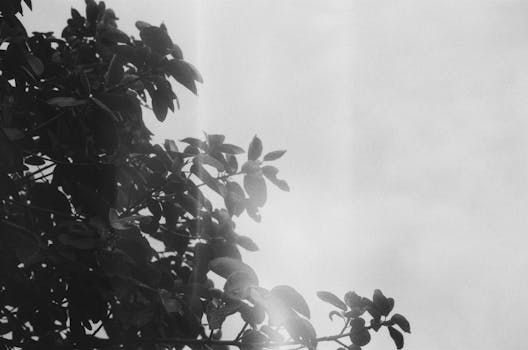
To successfully mix textures and patterns, consider these practical tips:
- Start Small: Begin with a few elements in a room or outfit to avoid overwhelming the space.
- Layering: Use layers to add depth, such as throw pillows or blankets with varying textures.
- Test Combinations: Create swatches or samples to see how different textures and patterns interact.
Examples of Dynamic Looks
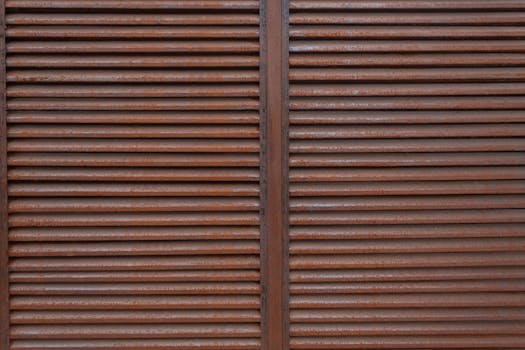
Here are some examples to inspire your mixing journey:
Home Decor
In interior design, mixing textures like velvet, wood, and metal can create a warm and inviting atmosphere. For instance, a velvet sofa paired with a woven throw and metal accents can add depth and richness to the room.
Fashion
In fashion, try pairing a floral blouse with striped pants. The contrasting patterns will make your outfit pop while maintaining a cohesive color scheme.
Conclusion
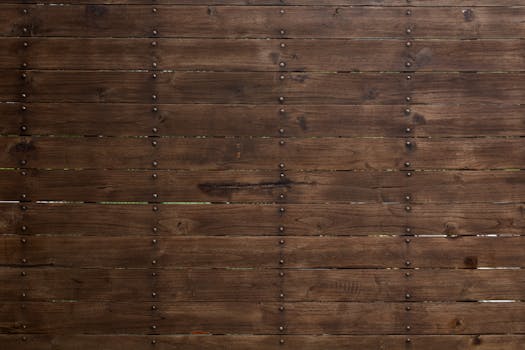
Mixing textures and patterns is a powerful way to express your style and creativity. By understanding the principles of texture and pattern mixing, you can create dynamic looks that are both visually appealing and uniquely yours. Remember to start small, layer thoughtfully, and most importantly, have fun with your combinations!





